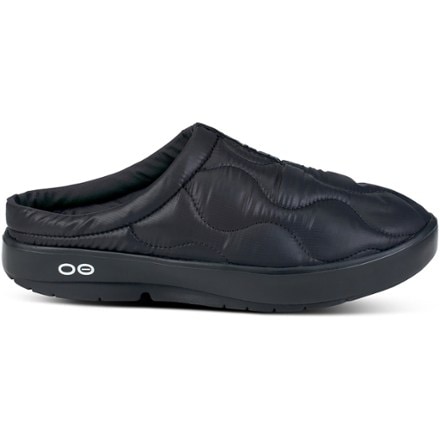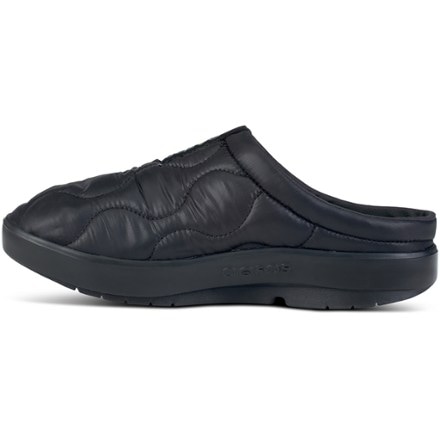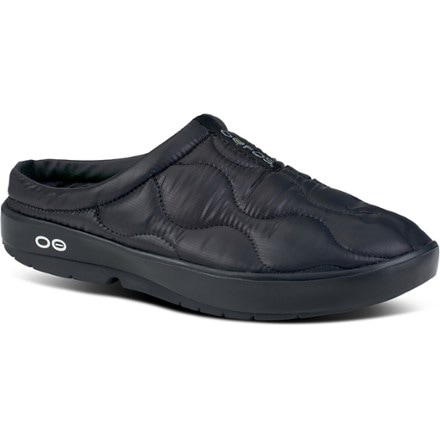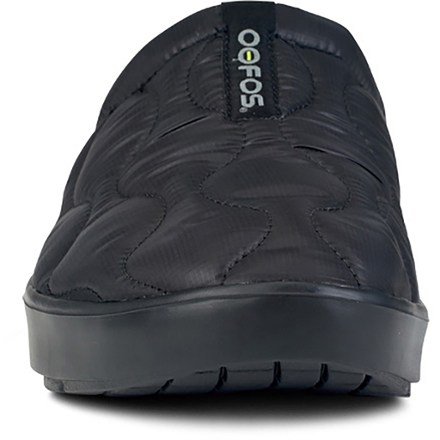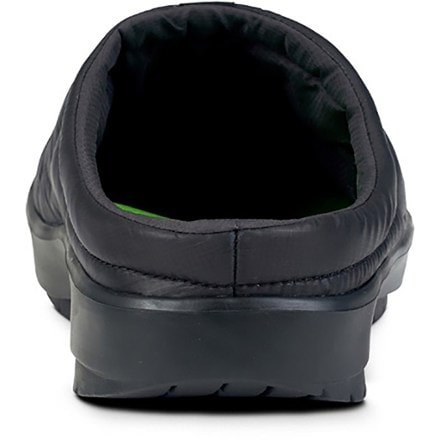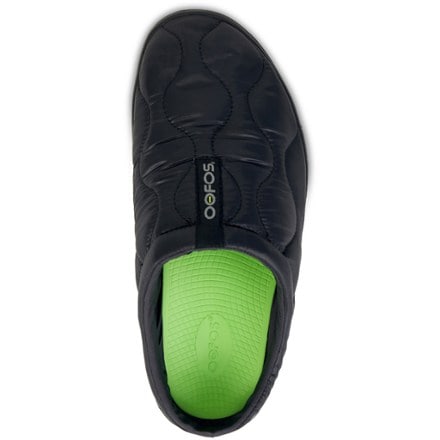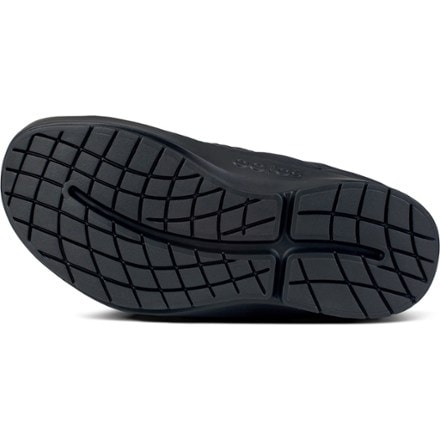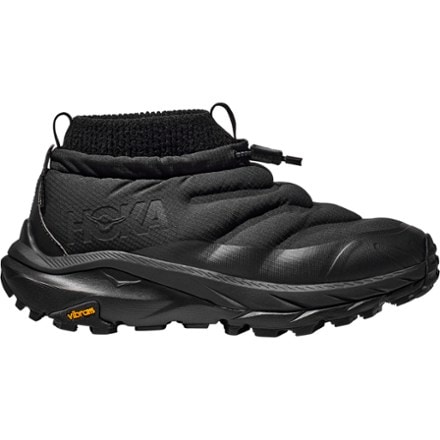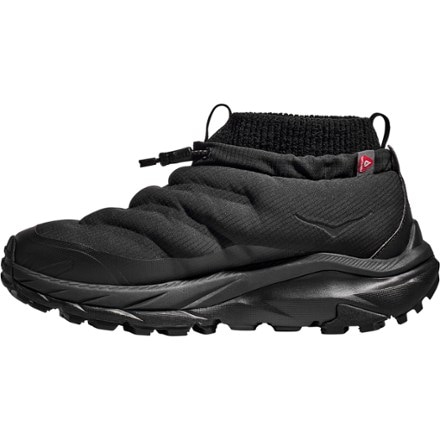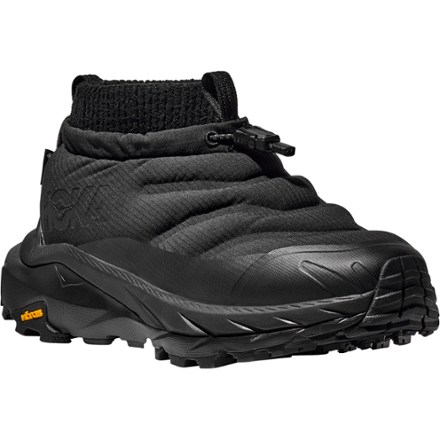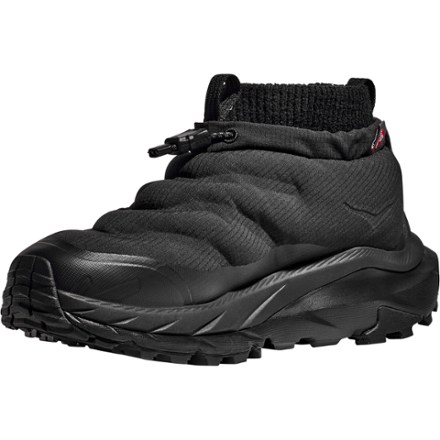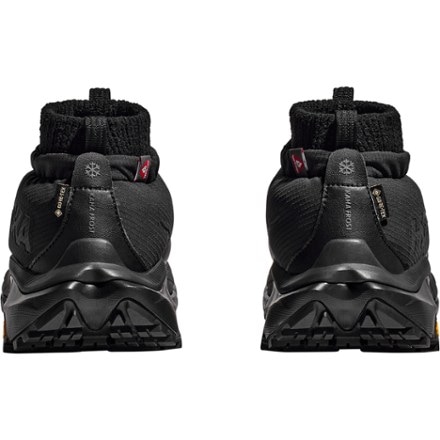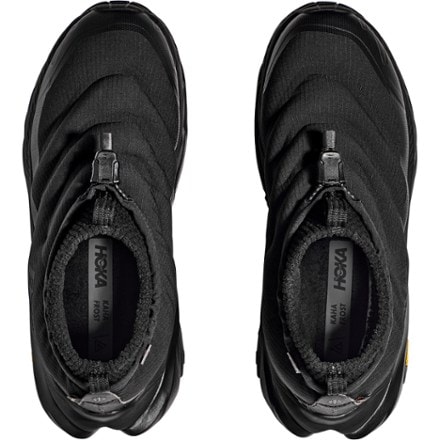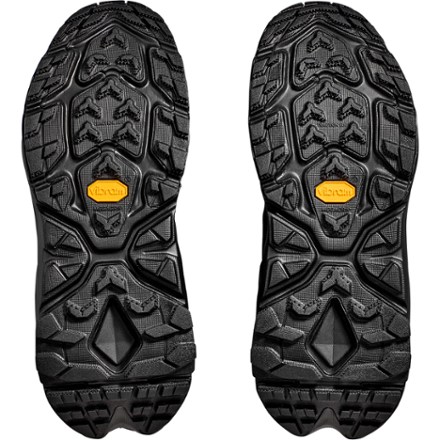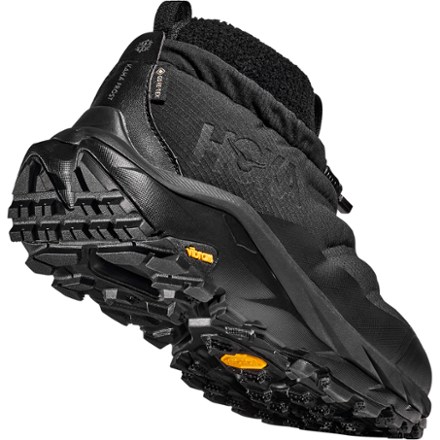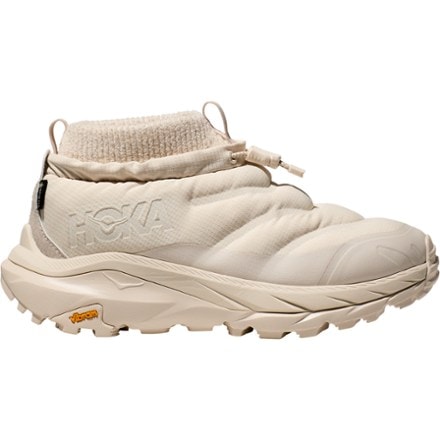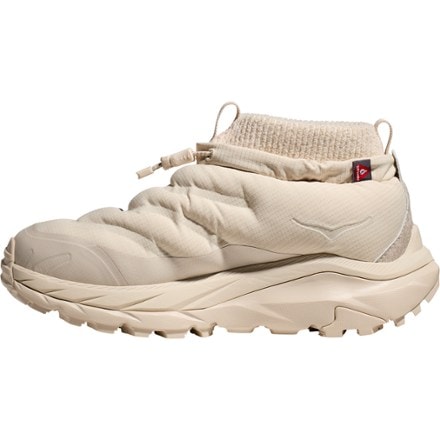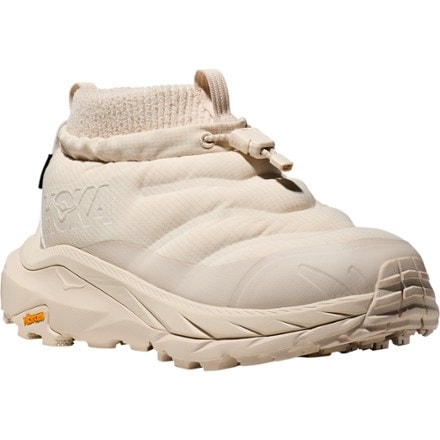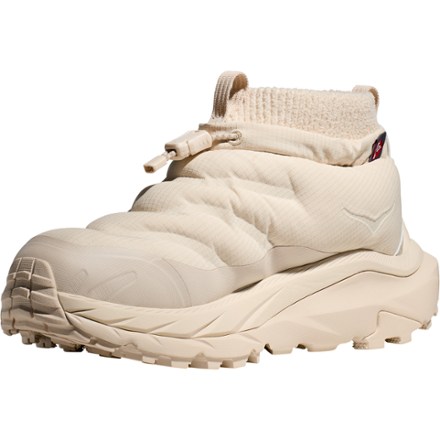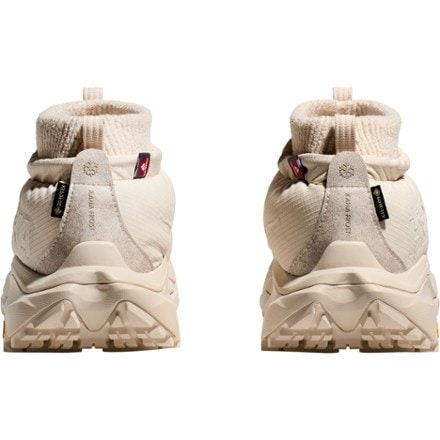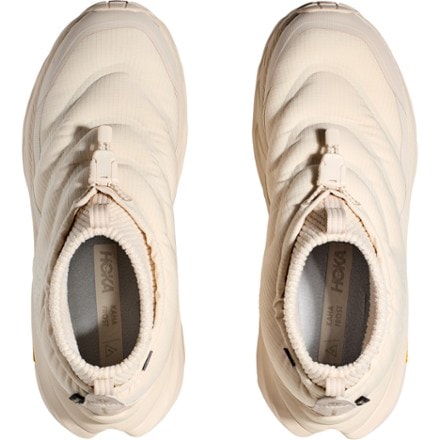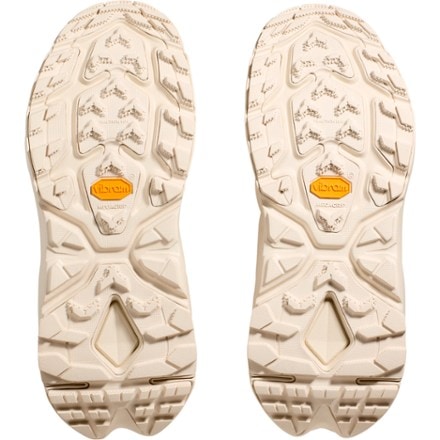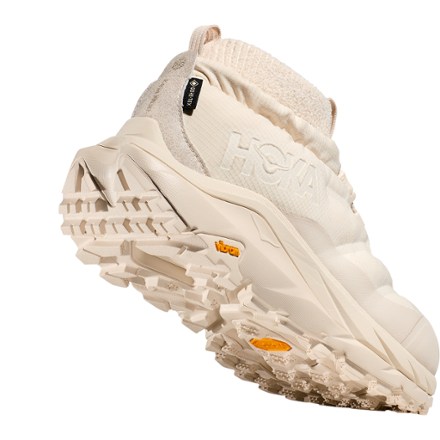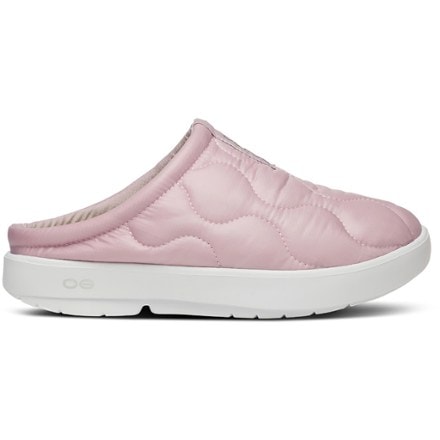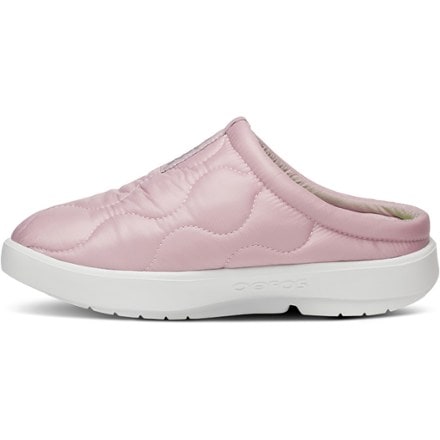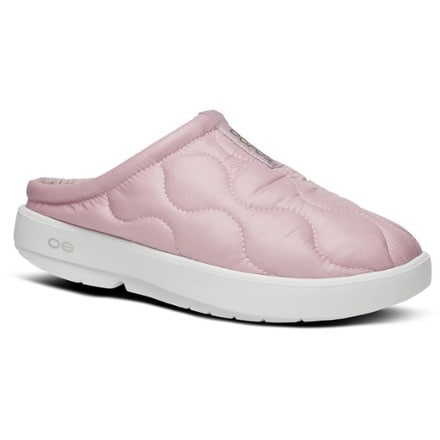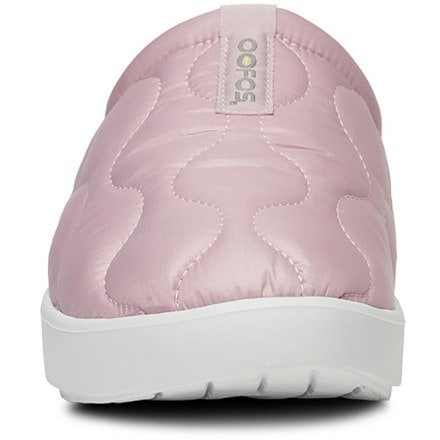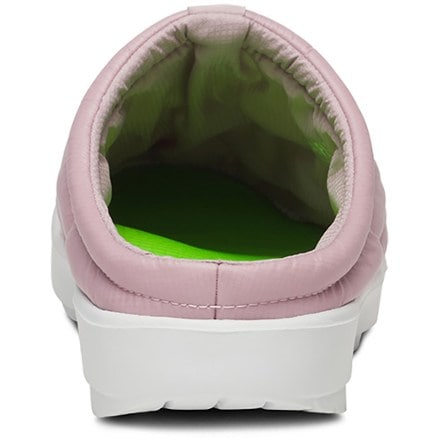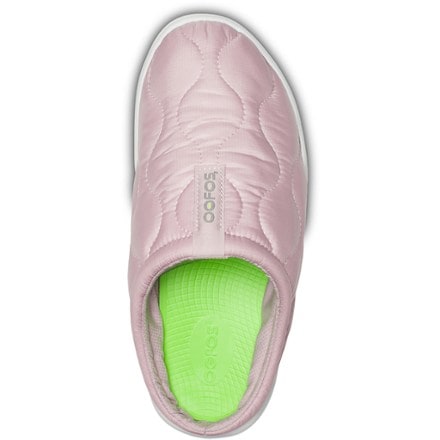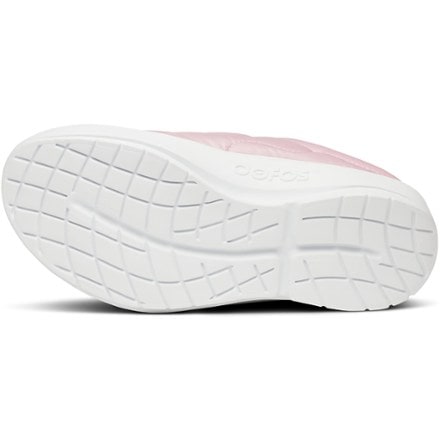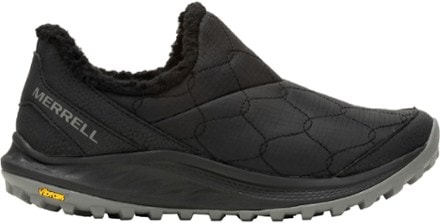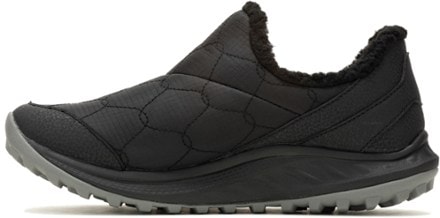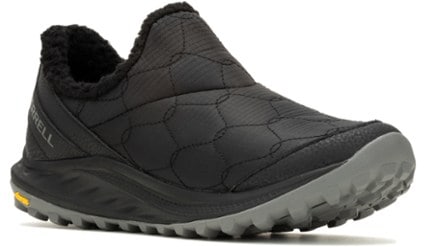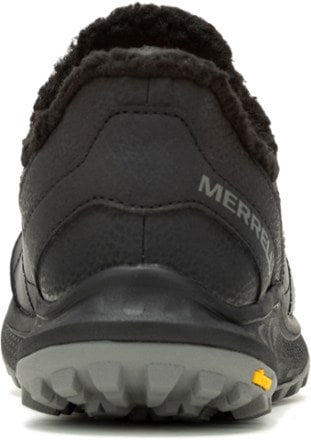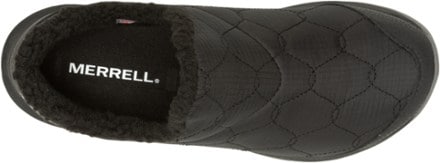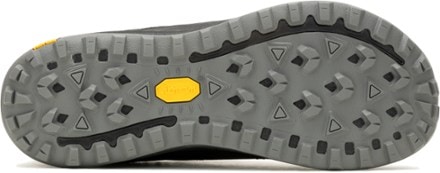PrimaLoft Shoes
(5 products)- Boa (7)
- Dyneema (7)
- GORE-TEX (139)
- Kevlar (10)
- Omni-Grip (9)
- Vibram (236)
- Vibram Megagrip (159)
- Boa (7)
- DryVent (6)
- Dyneema (7)
- eVent (2)
- GORE-TEX (139)
- GORE-TEX SURROUND (2)
- Heatseeker (2)
- Kevlar (10)
- Omni-Grip (9)
- Omni-Shield (1)
- Omni-Tech (4)
- PrimaLoft (5)
- ThermoBall (2)
- Traxion (1)
- Vibram (236)
- Vibram Arctic Grip (2)
- Vibram Megagrip (159)
- Casual (3)
- Fitness Recovery (2)
- Hiking (2)
- Deals (1)
- Vegan (2)
- Waterproof (2)
- $50.00 to $99.99 (1)
- $100.00 to $199.99 (2)
- $200.00 to $499.99 (2)
- Ankle (3)
- Over-the-ankle (2)
- Slip-on (5)
- Regular (5)
- OOFOSOOcoozie Thermo Mules - Men's$119.95(1)1 reviews with an average rating of 1.0 out of 5 stars
- HOKAKaha 2 Frost Moc GTX Shoes - Men's$200.00(1)1 reviews with an average rating of 5.0 out of 5 stars
- HOKAKaha 2 Frost Moc GTX Shoes - Women's$200.00(3)3 reviews with an average rating of 3.0 out of 5 stars
- OOFOSOOcoozie Thermo Mules - Women's$119.95(2)2 reviews with an average rating of 4.0 out of 5 stars
- MerrellAntora 3 Thermo Moc Shoes - Women's$59.73Save 40%compared to $100.00(289)289 reviews with an average rating of 4.4 out of 5 starsREI OUTLET
Related Expert Advice articles
Read full article: The 5 Best Trail-Running Shoes of 2025: Tested
Read full article: The 4 Best Approach Shoes of 2025: Staff Picks
Which type do you want?
- Neutral shoes. Great choice for beginners; allow toes to lie flat and provide all-day comfort.
- Moderate shoes. Good all-around shoe. A slightly downturned shape and stickier rubber makes them good for technical climbing.
- Aggressive shoes. The very downturned toes put your feet in a powerful position for challenging sport routes and bouldering; less comfortable than the neutral or moderate shoes.
Choose key features.
- Shoe closure options include laces, straps or slip-on.
- Uppers can be synthetic or lined- or unlined leather. Unlined leather uppers can stretch a full size, while synthetic uppers don't stretch much.
- Climbing shoe last is the foot-shaped model around which a shoe is built. Most rock climbing shoes are slip-lasted, which tend to be sensitive and less stiff than board-lasted shoes.
Consider these shoe fit tips.
- Shop later in the day as your feet can swell up to a full size during the day.
- Your toes should lie flat or be comfortably curved; your toe knuckles shouldn’t bunch painfully.
- Try them on in person for the best fit.
Where do you plan to run?
- Light trail: Best for well-groomed trails
- Rugged trail: Work on a wide variety of terrain, including technical trails
- Off trail: A more aggressive design protects you on rocky, extremely variable terrain
Cushion comes down to “feel” vs. “float”
- Minimal and barefoot cushioning: little to no padding, more ground feel
- Moderate cushioning: more traditional ride
- Maximum cushioning: softest, bounciest ride
Check the heel-to-toe drop
Barefoot and minimalist shoes are very flat with 0-4 mm drop. Moderate and maximalist shoes have higher drop. Choose what you're used to.
Consider the fit
Don't assume you know your size—go to your local REI or running-shoe store to get a fit assessment. Happy running!
Read full article: The Best Beginner Running Shoes of 2025: Staff Picks
Where do you plan to run?
- Road or track: Lighter shoes for speed, more cushioned shoes for distance
- Gravel paths: Hybrid shoes, designed for both road and trail
Cushion comes down to "feel" vs. "float"
- Minimal and barefoot cushioning: little to no padding, more groundfeel
- Moderate cushioning: more traditional ride
- Maximum cushioning: softest, bounciest ride
What kind of support do you need?
Depending on your gait, you may need a stability shoe. But most runners will fare well with a neutral shoe.
Make sure the shoe fits.
No breaking in periods, period! Your shoe should fit well from the get go.
